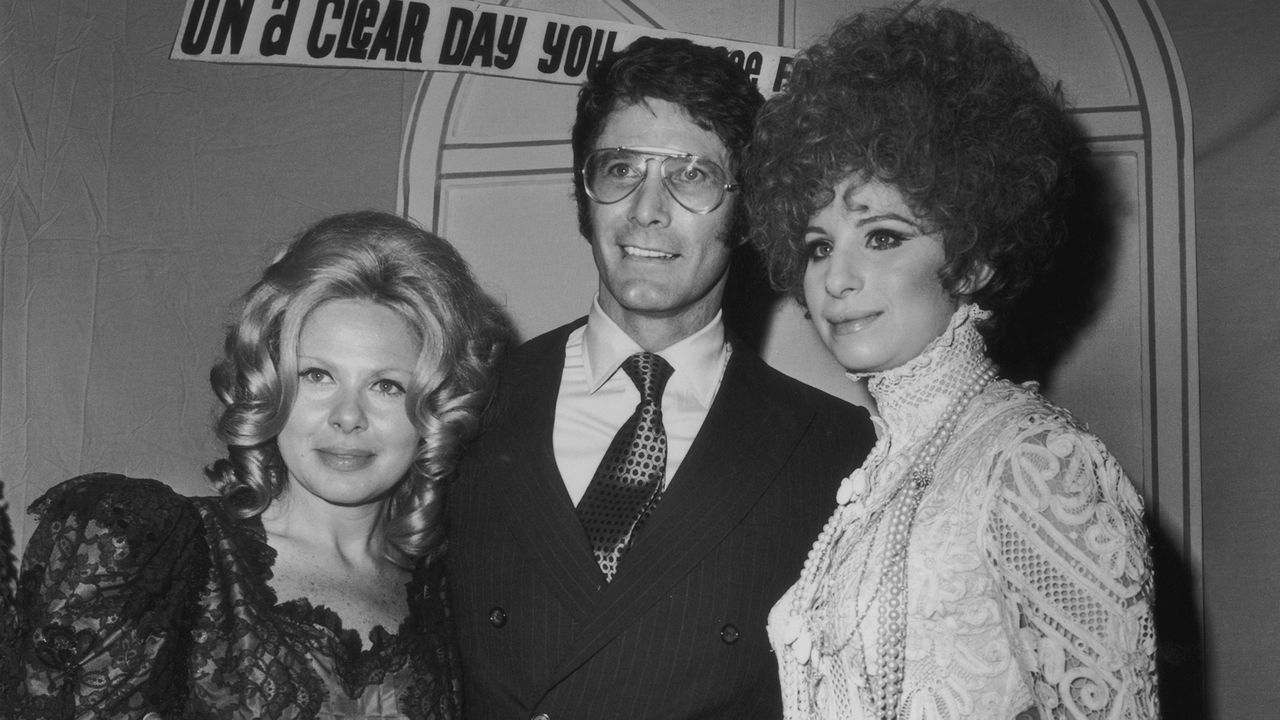“The world according to Sue Mengers was divided into winners and losers, A-lists and B-lists,” Brian Kellow writes in his delightful 2015 biography C
“The world according to Sue Mengers was divided into winners and losers, A-lists and B-lists,” Brian Kellow writes in his delightful 2015 biography Can I Go Now?: The Life of Sue Mengers, Hollywood’s First Superagent. “She devoted herself to being an A-list winner.”
She would succeed and then some. In this fast-paced, gossip-filled biography, Kellow paints a touching but unflinching portrait of the glamorous macher who broke the glass ceiling in her pink-tinted glasses and flowing caftans—smoking a French cigarette with one hand and a joint in the other, a phone pressed to the crook of her ear.
Brilliant and ruthless, the client roster Mengers assembled in the 1970s is almost unbelievable: Ali MacGraw, Ann-Margret, Candice Bergen, Ryan O’Neal, Peter Bogdanovich, Dyan Cannon, Gene Hackman, Michael Caine, Mike Nichols, Faye Dunaway, Ryan O’Neal, Cybill Shepherd, Bob Fosse, Diana Ross and Sidney Lumet. The jewel in her crown was Barbra Streisand. Her friends were similarly A-list: Graydon Carter, Paul Newman (whom she claimed to have slept with), Joanne Woodward, David Geffen, Annie Leibovitz, Marlo Thomas, Jack Nicholson and Barry Diller, just to name a few.
Foul-mouthed and over-sexed, with a sadistic, un-PC sense of humor that may shock readers today, Mengers became a celebrity in her own right, spoofed by Dyan Cannon in the cult classic The Last of Sheila and played by Bette Midler in the play I’ll Eat You Last. When asked by 60 Minutes’ Mike Wallace if she ever pinched herself over her success, Mengers told it to him straight. “Oh, yeah, a lot,” she replied. “And then I say, ‘Who deserves it more?’”
Anywhere But Here
Kellow writes that throughout her storied life, Sue Mengers would attempt to bury her origins—furious she hadn’t come from more refined stock. “I should have been you,” she would complain to her eminent friends. “Why couldn’t I have been you?”
Susi Mengers was born on September 2, 1932, in Hamburg, Germany, to a slightly upper middle class family. Her father, Georg, was an insignificant, balding man that Sue would later brand a “loser.” But it was her mother, the highly critical and socially striving Ruth, for whom Sue would save the most vitriol, nicknaming her “the Gorgon.”
In 1938, the Mengers fled Nazi Germany and immigrated to America, where they joined other Jewish refugees in decidedly unglamorous Utica, New York. Sue could barely speak English, but quickly came out of her shell once she learned the language. “She was chutzpah personified,” a childhood friend told Kellow. “She was very nervy in school. And she wanted to be an actress very badly.”
Tragedy struck in 1946, when Georg, a furniture salesman who had gambled all his money away, died of an intentional barbiturate overdose at a hotel in Times Square. Now alone, the warring, rage-filled Mengers women moved to the Bronx, where Sue studied to be an actress—before realizing her “zaftig” figure would be an impediment to cinematic glory.
Still, the admirably brave and brash Mengers was determined to worm her way into the in-crowd. In 1955, she took a job with the Music Corporation of America as a receptionist before moving on to Baum & Newborn Theatrical Agency. From the start, Mengers’s biting, larger-than-life personality set her apart in the buttoned-up, misogynistic world of 1950s NYC. When viewing headshots of potential clients she would coo, ”Oh, honey, you’re never going to make it. Oh you destitute thing,” then throw them in the trashcan.
Mengers would likewise discard her troubled origins (and to some extent, her mother) as she built her own legend. “I think in a way that she felt her mother was holding her back,” one colleague recalled, per Kellow. “She saw the end of the tunnel, and she didn’t want anything in her way.”

COMMENTS